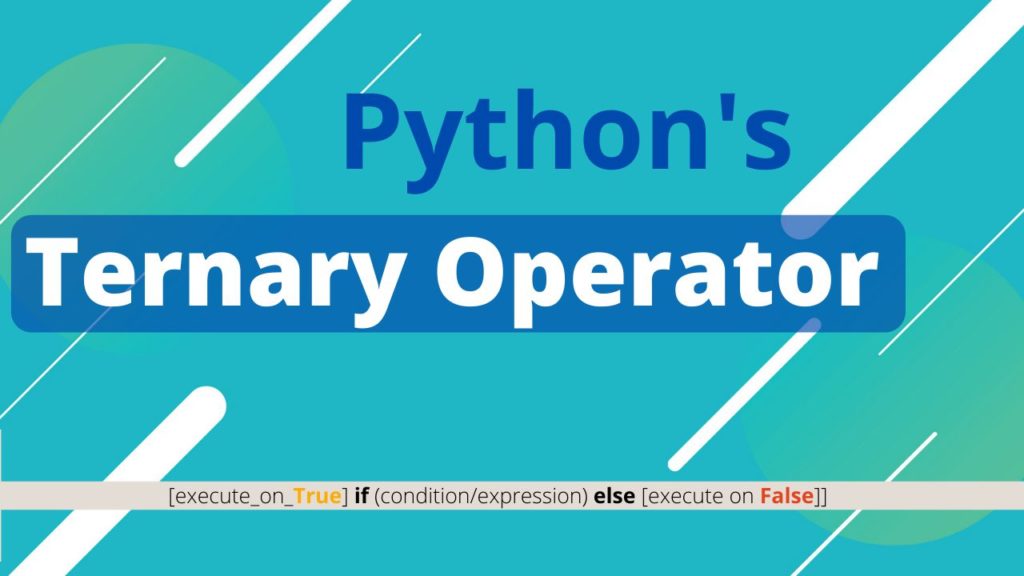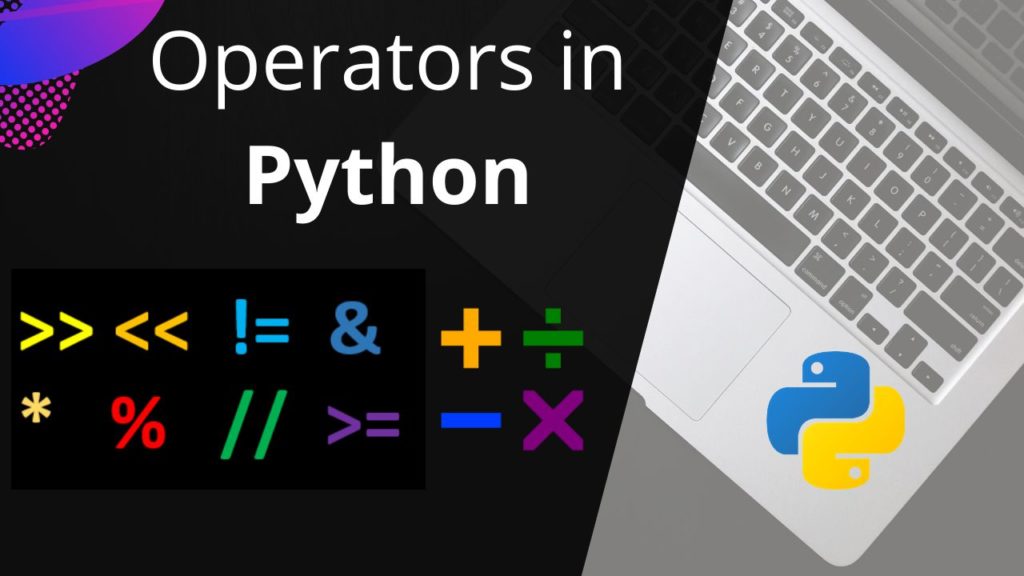Python break, pass and continue
Python break facilitates the early exit from a loop. Control structure provides certain loops such as Python for loop, while loop, which helps in executing a block of code as many times as required. As a programmer, you can choose any looping structure which serves the purpose. On many occasions, you don’t want the loop to continue executing till the end but it
Python break, pass and continue Read More »

















